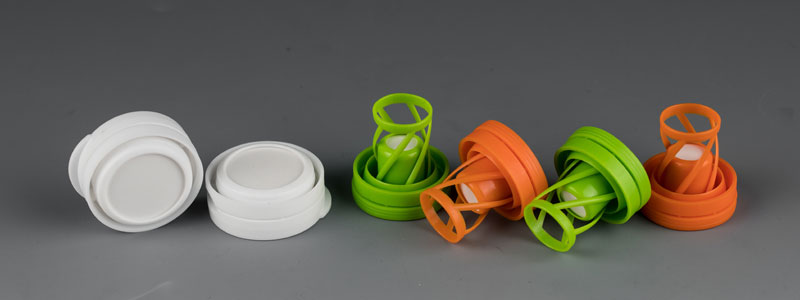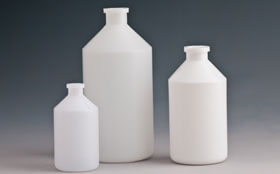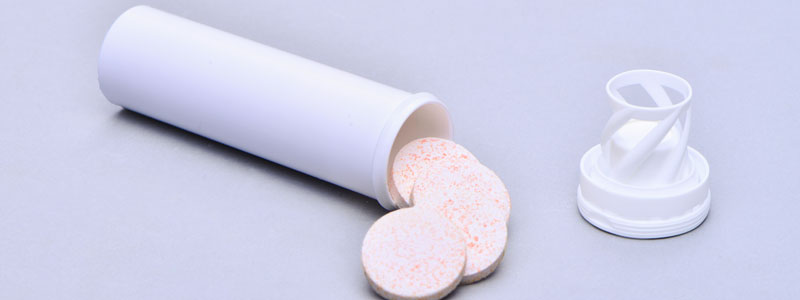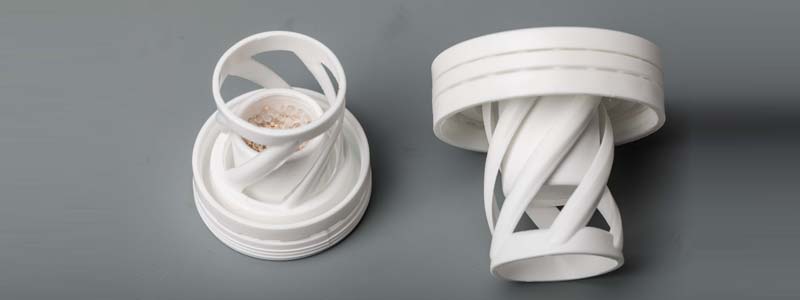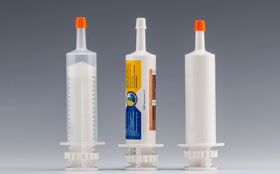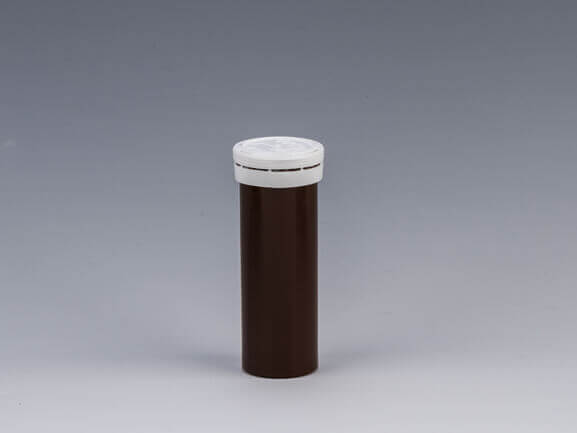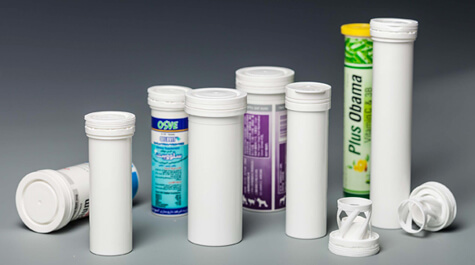We often drink effervescent vitamin c tablets to improve our health, do you care of the cap of the tube, there is a small conntainer in the cap, so what's in it? The effervescent tablet can react with moisture of air,so the effervescent tube must have desiccant to control the environment of bottle inside. In generally, desiccant use silica gel or molecular sieve.
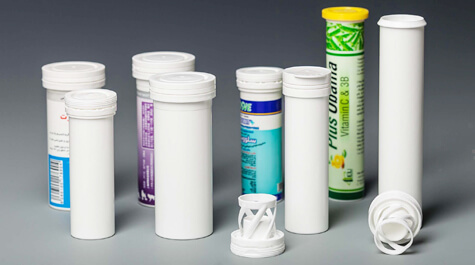
effervescent tablet tubes
First,i will introduce the silica gel and molecular sieve.
Silica gel
Silica gel is an amorphous and porous form of silicon dioxide (silica), consisting of an irregular tridimensional framework of alternating silicon and oxygen atoms with nanometer-scale voids and pores. The voids may contain water or some other liquids, or may be filled by gas or vacuum.Silica xerogel with an average pore size of 2.4 nanometers has a strong affinity for water molecules and is widely used as a desiccant. Silica gel's high specific surface area (around 800 m2/g) allows it to adsorb water readily, making it useful as a desiccant (drying agent).
Silica gel is silicon dioxide (SiO2). It is a naturally occurring mineral that is purified and processed into either granular or beaded form. As a desiccant, it has an average pore size of 24 angstroms and has a strong affinity for moisture molecules. The silica gel will pull in moisture at temperatures up to 220°F (105°C). As temperature goes above 100°F, the rate of moisture pickup will slow down but the silica gel will still work.
Silica gel performs best at room temperatures (70° to 90°F) and high humidity (60 to 90% RH) and will drop the relative humidity in a container down to around 40% RH. In the United States, silica gel is commonly used in food and pharmaceutical applications as only silica gel has been approved by the FDA for direct contact with these items.
As with clay, silica gel, with its wide range of pore sizes, has the capability of adsorbing compounds other than water. The relative order of adsorbability is: water, ammonia, alcohols, aromatics, diolefins, olefins and paraffins. When the potential for multicomponent adsorption is present, expect the more strongly adsorbed compounds, such as water, to displace the more weakly held ones.
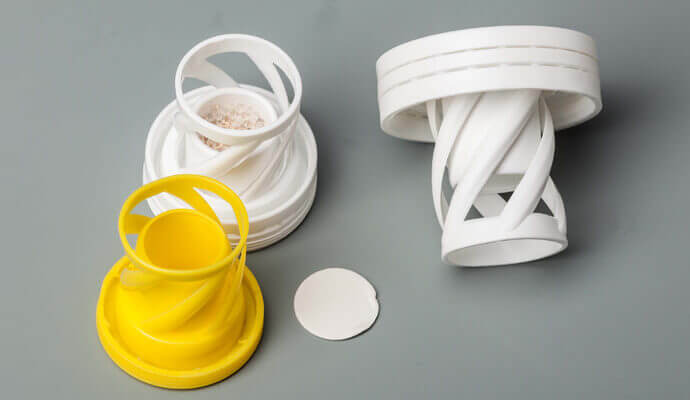
desiccant cap
Molecular sieve
molecular sieve is a material with pores (very small holes) of uniform size. Molecular sieves are synthetic porous crystalline aluminosilicates which have been engineered to have a very strong affinity for specifically sized molecules. The definitive feature of the molecular sieve structure, as compared to other desiccant medias, is the uniformity of the pore size openings.
There is no pore size distribution with molecular sieves, as part of the manufacturing process the pore size on the molecular sieve particles can be controlled. The most commonly used pore size is 4 angstroms (4A) although 3 angstroms (3A), 5 angstroms (5A) and 10 angstroms (13X) are available. This distinctive feature allows for the selection of a molecular sieve product which can adsorb water vapor yet exclude most other molecules such as volatile organic compounds (VOCs) which may or may not be present in the package.
The selective adsorption characteristics of molecular sieves can be useful when it is necessary to dry a package or environment without removing other desirable compounds within the system. Molecular sieve can trap water vapor to temperatures well past 225°C in some cases, and due to its high affinity for water vapor, molecular sieve is able to bring the relative humidity (RH) in environments down to as low as 1% RH.
In Europe molecular sieve is used in pharmaceutical applications. In the United States it is often the desiccant of choice for pharmaceuticals and bio-chemicals and/or reagents. Although molecular sieve is sligthtly higher in cost per unit due to its extremely large range of adsorptive capabilities and high capacity at low relative humiddity it is often the best value.
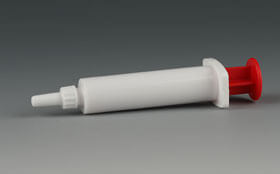 If you want choose the suitable and high quality cow mastitis syringe,you need know what we need exam the syringe.
If you want choose the suitable and high quality cow mastitis syringe,you need know what we need exam the syringe.